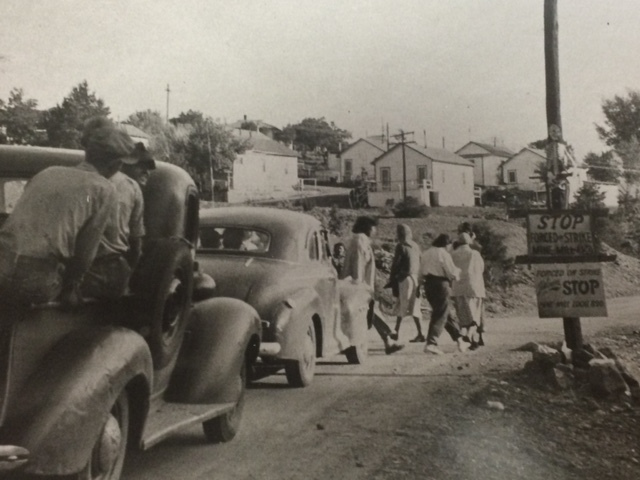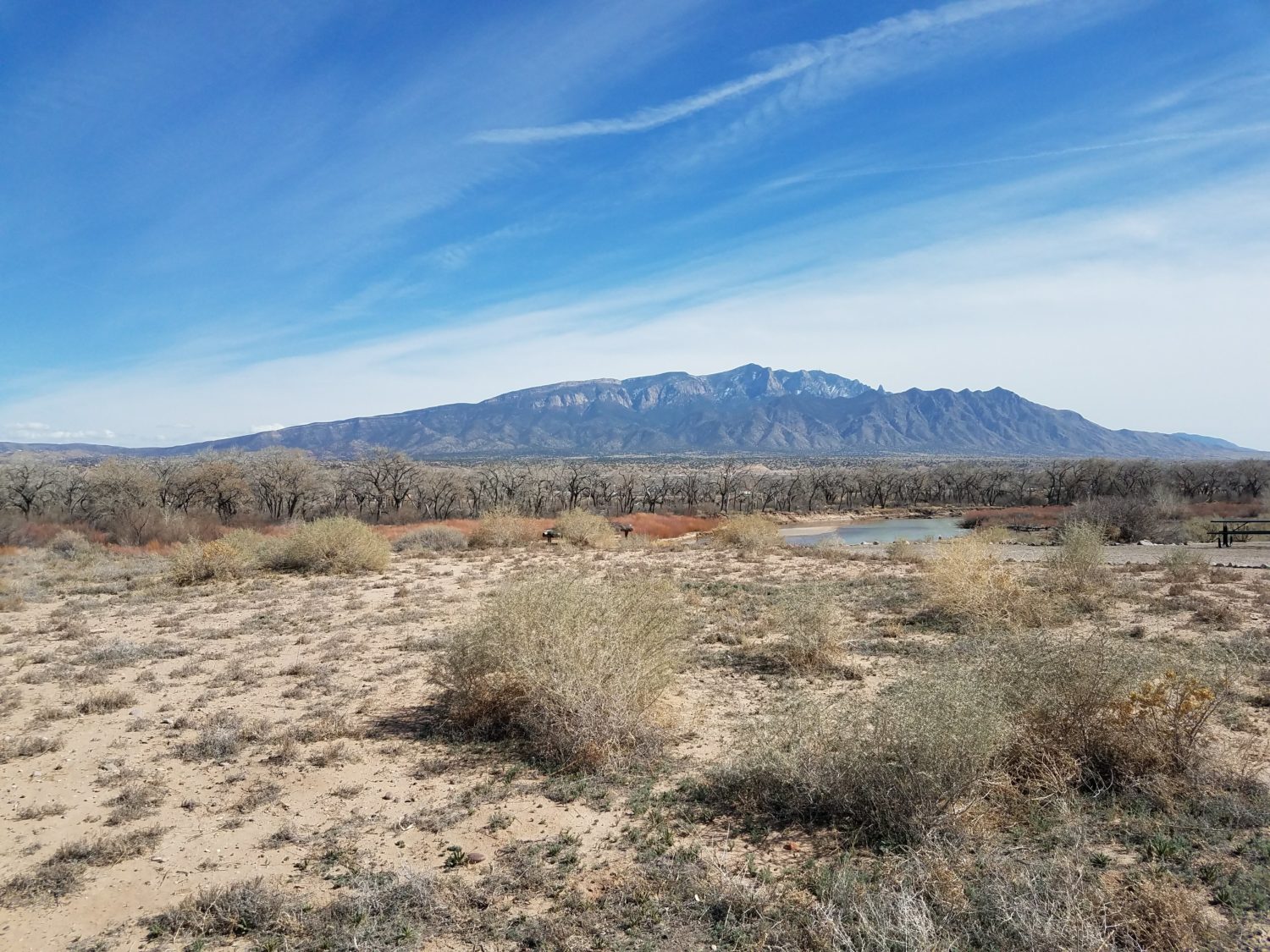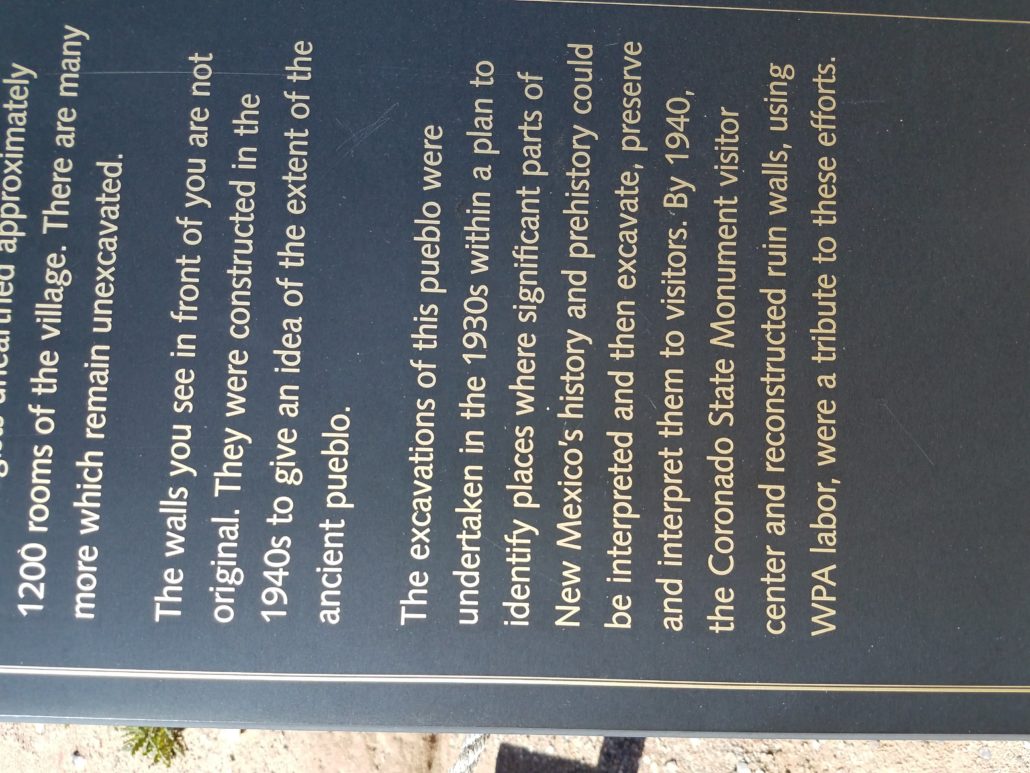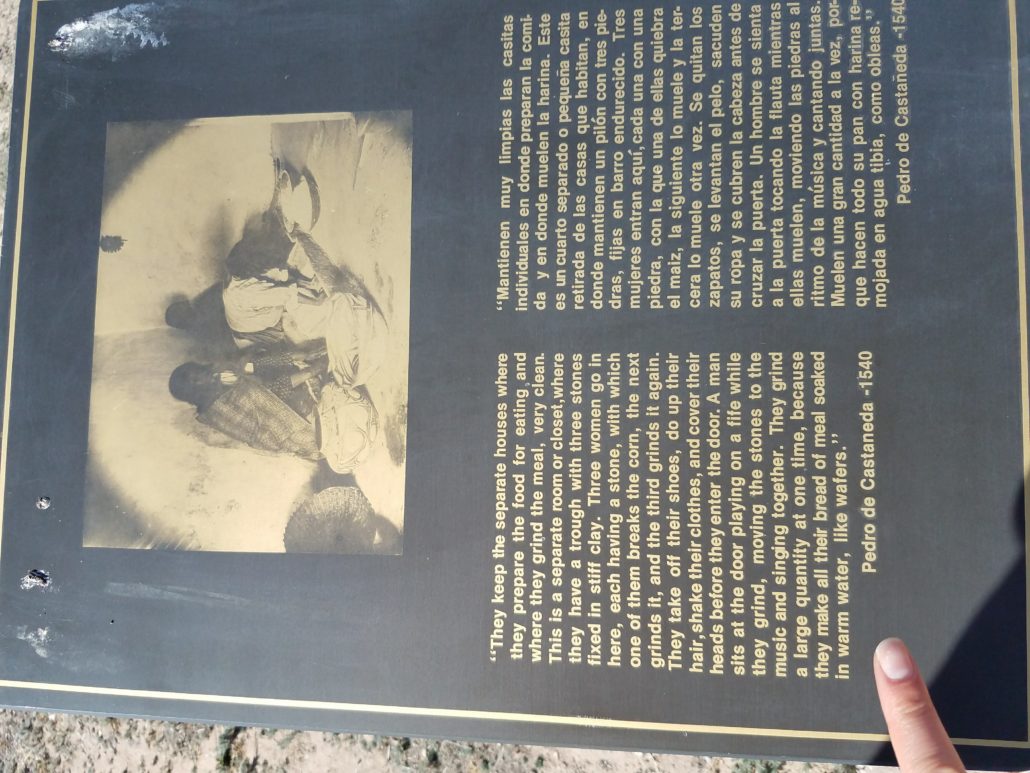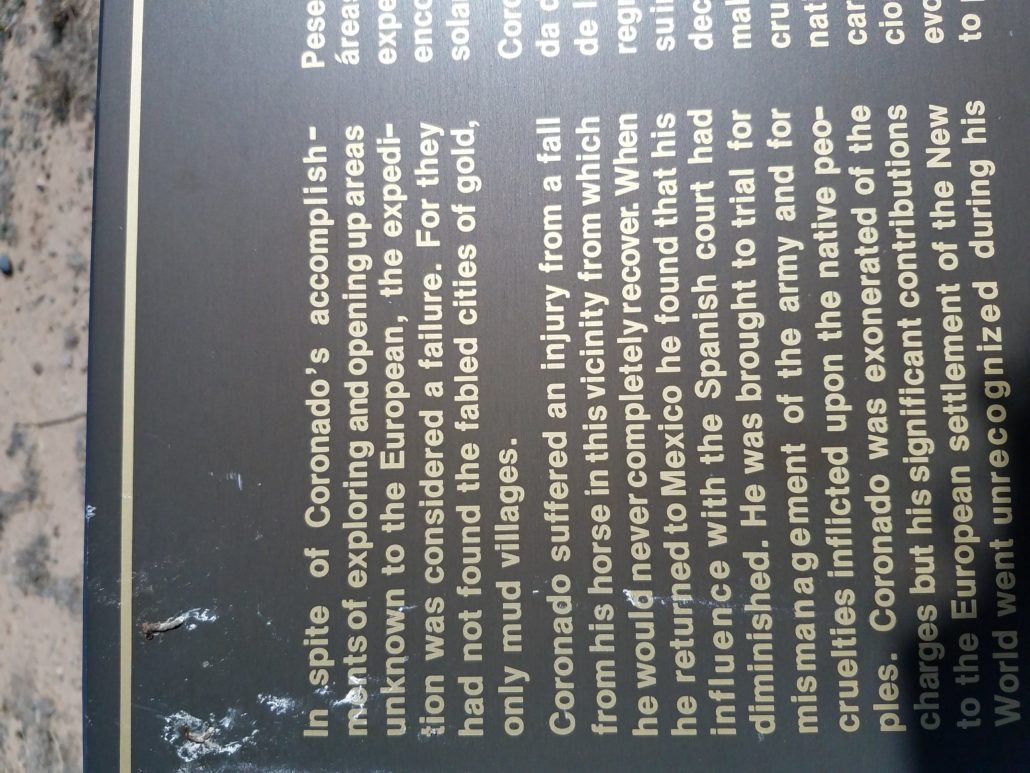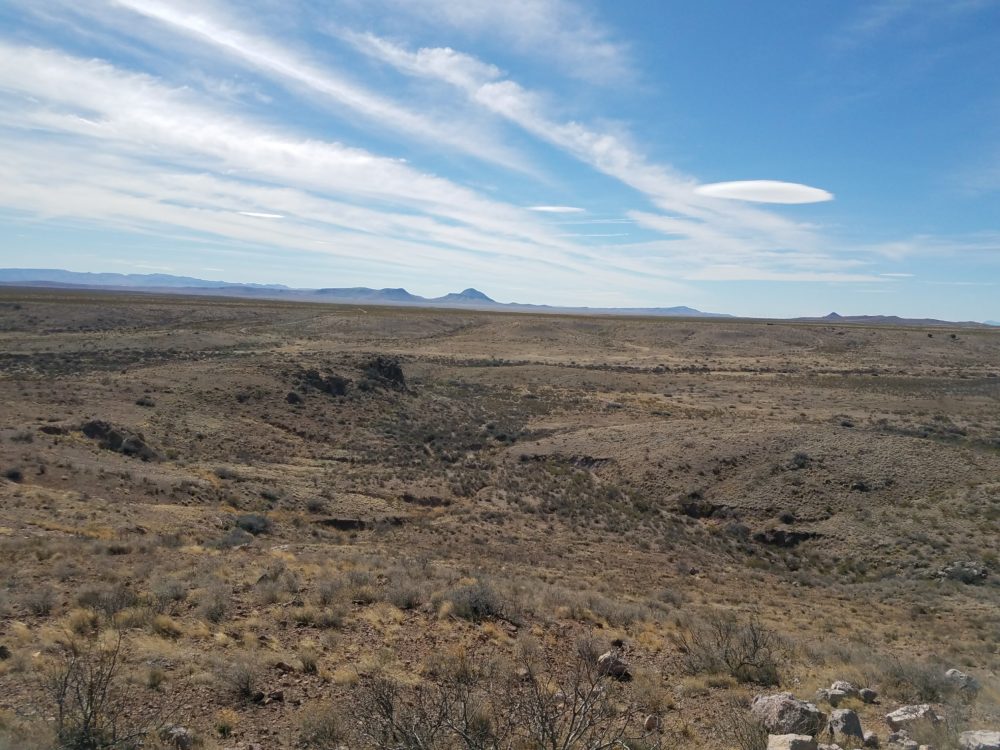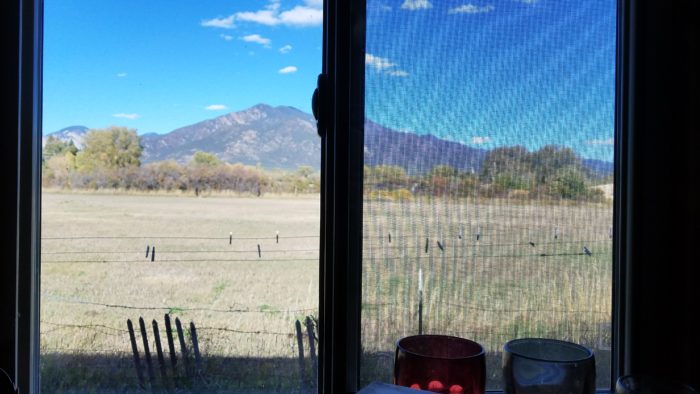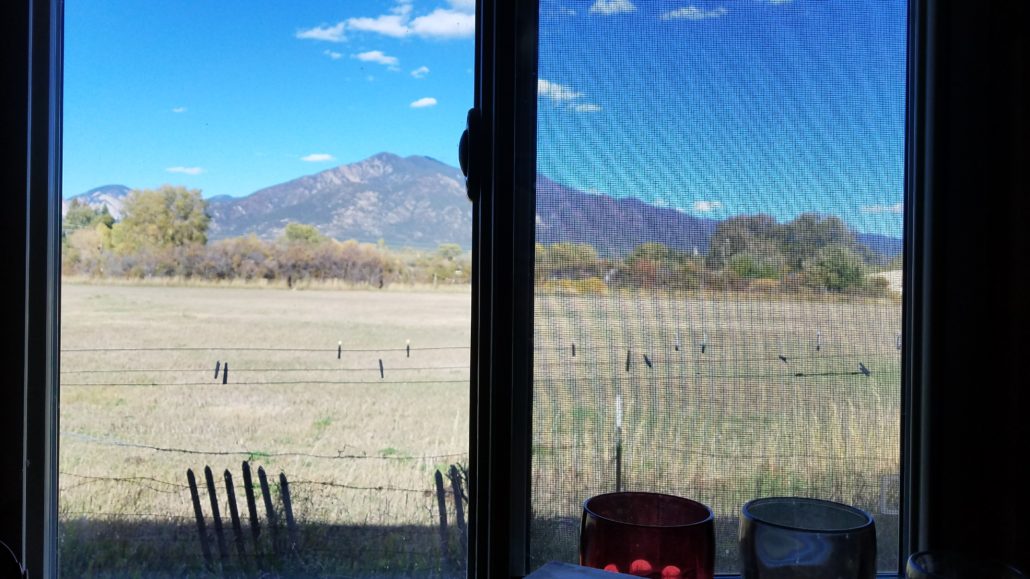Historic Preservation and Designation Report
Over the last few weeks, I have spent some time bouncing around and interviewing officials from the Department of Cultural Affairs to understand how we can begin designating the Local 890 Union Hall as a historic property. Our team’s mission is to recognize the lives, labor, and leadership of the women and men of Local 890 and celebrate their groundbreaking role in the 1950-1952 Empire Zinc Mine Strike–one of the nation’s most effective and groundbreaking strikes lead by women. In my part on the Salt of the Earth Recovery Project team, I wanted to see what we can do, if anything to implement governmental historic designation. So I started asking questions: Who makes decisions about the designation of a State Historic Site? What is the process of designating a State Historic Site? and What criteria is used to determine when nominating and selecting sites?
What I discovered is that there are more designations for preservation that we should consider beyond State Historic Sites. Some are well-marked by standard operating procedures and legislation, others are governed by state statute. Furthermore, the process of becoming a “State Historic Site” is only partially mapped; and it requires us to work with the community to tell the history of the building through tourism. You find in this report an explanation of the different designation processes and benefits and drawbacks of each. Regardless of the route we pursue in preserving the Local 890 Union Hall, community partnerships, grants for funding, and historic interpretation are essential ingredients.

Salt of the Earth Recovery Project Mission Statement:
The mission of the Salt of the Earth Recovery Project is to recognize the lives, labor, and leadership of the women and men of Local 890 and celebrate their groundbreaking role in the 1950-1952 Empire Zinc Mine Strike.
Vision Statement:
The vision of the Salt of the Earth Recovery Project is to honor the stories of the women and men of Local 890 and to support restoration and preservation of the Local 890 Union Hall in Bayard, New Mexico for the benefit of the local community, the citizens of New Mexico, and the historic memory of the nation.
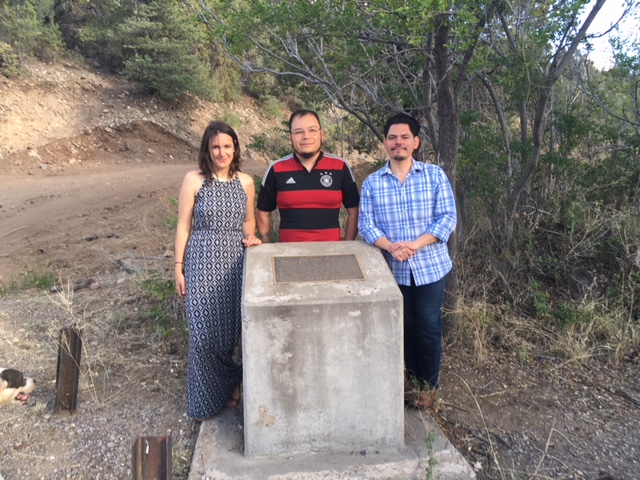
Definitions of Designation
At times in my research, I lost track of the terms used for official designation. They are mostly governed by the same entities, the Historic Preservation Division and the Department of Cultural Affairs, but the designations are important to distinguish from one another.
● State Register of Cultural Properties – “This designation provides for the protection of archaeological sites through the creation of a permit process to survey and excavate archaeological sites and unmarked human burials by qualified institutions and established civil and criminal penalties for the looting of archaeological sites and disturbance of unmarked burials. ” This designation is commonly referred to as the State Historic Registry and allows for certain properties to receive state funding in the form of grants for preservation. In addition, it makes the destruction of validation of this property a criminal offense. These properties are not given plaques of any sort.
● National Register of Historic Places – This is a designation of “the nation’s historic places worthy of preservation. Authorized by the National Historic Preservation Act of 1966, the National Park Service’s National Register of Historic Places is part of a national program to coordinate and support public and private efforts to identify, evaluate, and protect America’s historic and archeological resources.” The designation allows an organization to apply for federal funding for the preservation of the property. It also makes the destruction or vandalization of the building a federal offense.
● New Mexico Scenic Historic Markers – These are the markers used to commemorate a historic event or place. They are plaques granted by the Cultural Properties Review Committee, State Historic Preservation Division, and Office of Cultural Affairs. They do not grant any benefit or privilege to the historic site. However, they must be reviewed for accuracy of information and to ensure the marker will not cause harm to the site. The general purpose is to attract highway travelers to read about a point of interest without veering far from the highway. The ladies auxiliary unit of the local 890 already has one of these markers alongside highway 152.
● New Mexico State Historic Site – (Formerly called New Mexico State Monuments) These are registered cultural properties that receive special designation, management, and interpretation services through the Department of Cultural Affairs. They are staffed by the State Parks Service. There are currently only six of these. New Mexico has more than 1,985 prehistoric and historic properties listed in the State Register, but only 6 are State Historic Sites.
● National Historic Landmark – This designation is for “nationally significant historic places designated by the Secretary of the Interior because they possess exceptional value or quality in illustrating or interpreting the heritage of the United States.” While over 90,000 sites listed on the National Register of Historic Places, just over 2600 are National Historic Landmarks.
● Certified Local Government Program (CLG) – This designation assists local governments to develop their own ordinances for demolition and construction within “historical districts.” The goal is to integrate community planning with historic preservation. Only CLGs are eligible for second category grants from the National Park Service’s Historic Preservation Fund.
Recent Discoveries and Progress
Juntos en la Union: Juntos en la Union is a historical society out of Silver City dedicated to “the preservation of The Mine Mill and Smelter Workers Local 890 headquarters” who have already made great strides in the designation process. Unannounced to our team, they begin the preservation efforts of the local 890 union hall. It seems their efforts began with the intention to celebrate the 60th anniversary of the film “Salt of the Earth,” as cited in their letters of support. Between the years 2010 and 2017, the group made great distance to prove the historical significance of the Union hall including:
● A letter of support from the City of Bayard signed by the mayor in May 2010
● A letter of support from the Wisconsin Labor History Society recommending the Union Hall’s designation to the National Register of Historic Places in December 2010
● A letter from New Mexico’s former Governor, Jeff Bingaman in support of preserving the Union Hall in July 2011.
Despite a lack of knowledge within the community, Juntos en le Union’s dedication to the protection of the building resulted in the designation of the union hall a state cultural property in March 2017 with a vote of 48 yeses to 7 nos. The Memorial verifies historical and cultural significance based on:
The Political Significance in History
● The site’s representation of “minority groups’ struggles and triumphs over injustice and discrimination and that [the local 890 union’s] pursuit of happiness guaranteed under the United States Constitution” during and after the 1950-1951 Empire Zinc Strikes
● A historic landmark demonstrating the “struggle of the workers of Local 890 and Ladies Auxiliary 290 against racism, sexism and unjust working conditions”
The Social Significance of the Salt of the Earth Film
● The contribution of the Salt of the Earth film as “one of the first motion pictures to advance the feminist social and political point of view” and the union hall as the primary filming location of the movie
● The novel significance of the film as the only motion picture ever blacklisted in American Film History
● The cultural significance of the Library of Congress’ designation of one of the top 100 most “culturally, historically or aesthetically significant” films
The Local and Community Significance of the Building
● A community center where “miners and their families could attend lectures and movies and socialize at dances, bingo parties, wedding, and baptisms, in addition to being used for union business”
● A classic construction representative of New Mexican architecture
National Register of Historic Places
Despite legislative effort in designating the Local 890 Union Hall as a State Cultural Property, it was not recommended as an addition to National Registry of Historic Places. According to State legislature, a property must first receive designation and approval as a State Cultural Property before it is eligible for the National Registry. Generally, the applying organization or individual fills out the two forms together. Upon approval as a State Cultural Property, the Cultural Review Committee may forward the National Application to the National Park Service for further review. Listing the Union Hall on the National registry does little to bring in money for preservation nor interpretation. The main role of the designation is to change the way the community of Bayard perceives its history and historic places.
There are two reasons why I believe the site was not recommended to the National Historic Registry. First, according to the national criteria, a historic site must be at least 50 years old to qualify. When Juntos en La Union began the designation process, 50 years had not yet passed since the end of the Empire Zinc Mine strikes and the filming of the movie. In addition, the application did not situate the historical merit of the building in a larger narrative about the changing social and political climate of the US.; rather it documented the history of the building as stand-alone events. In order to present the union hall as a nationally significant site, we need to connect it to the Hispanic civil rights movement and/or the feminist movement of the era noting how the events of the strike primed other emerging activists and civil assemblies.
Benefits of the National Register:
Tax Credits: The major benefit of the National Historic Landmark designation is a 20% federal income tax credit available for the rehabilitation of historic buildings that produce income. While the union hall does not currently produce income, this tax credit can provide relief for maintenance and preservation of the building once it is open to the community again. In addition, New Mexico’s Historic Preservation Division offers up to half of the rehabilitation costs as a deduction from state income taxes over a period of five years, with a cap of $25,000 per project. The property owner may also qualify for a 3% APR fixed rate loan for any rehabilitation, maintenance, or preservation work.
Federal Grants: Another benefit of the National Historic Registry is the eligibility for grants. Among these grants is the State Historic Preservation Program which allocates more than 54 million dollars each year to match state contributions for the preservation of 20-50 National Registry Historic Sites. This grant is highly competitive.
Application Process:
As the next step in the preservation of the building, this designation would list the property to the public and may encourage tourism to the town of Bayard. While this designation does not automatically issue a plaque, the designation itself emits a certain ethos in advertising that is worth the minimal effort of an application.
As outlined in the HM022 New Mexico State Legislative memorial, I believe the local 890 Union Hall presents a strong case for National Historic Preservation. With the state historic registry application, we already have most of the information required, and the designation process is short–taking an average of 90 days after the completion of the application. The past applications for National Registration are all on file and available on the National Parks Services Website. As models for the application process, The Forty Acres Farm in Delano, California is the historically closest resembling national historic property and provides an example to follow when writing the application. The geographically nearest resembling National Historic property in New Mexico, The Silver City Woman’s Club building, may also serve as a model for writing a “proposed use” statement. Both of these sites are privately owned and designated within the last ten years which means the application process and applications should be similar
Criteria for the National Registry:
Historic significance:
● Empire Zinc Mine Strikes
● Women’s Auxiliary Unit
● Connection to Salt of the Earth
Historic Context:
● Latino American civil rights activism
● American labor movement
● Social and political feminism
Historic Integrity:
● Intact local and historical architecture
● Murals of cultural and local significance
● Location in connection to mines
State Historic Site Designation
The primary benefit of the State Historic site designation is an increase in tourism and recognition of the historical merit of Bayard, the Local 890 Union, and the Empire Zinc mine strikes. A spot on the National registry guarantees a certain level of preservation, but it does not list the property in a conspicuous catalog for places to visit. On the other hand, placement among the other 6 State Historic Sites managed by the New Mexico Department of Cultural Affairs would distinguish the property in a way that attracts visitors. In addition, these sites are well marked by multiple signs to direct interest and traffic from all nearby highways. The process validates the historical narrative of the location in a way other designations cannot, but it also takes away a certain amount of control from the community to establish preservation and direction of the site. All preservation work must be preapproved by the Historic Preservation Division who requires permits for any community use of the property beyond the events scheduled by preservation easements (Friends of…). This means the site could not be used as a community gathering space.
Process for Designation:
While the process for cultural property designation is written in state statute, the process for moving that designation forward to a State Historic Site is much more complicated, and each historic site approaches it differently. The three key ingredients to becoming a State Historic Site are significant capital, community partnerships, and means for interpretation. These conclusions from a Case Study of the Taylor Mesilla Historic Site (a future state historic site) and The Coronado Historic Site (the first State Historic Site in New Mexico), and an Interview with Pilar Cannizzaro, the Preservation Planning Manager for the New Mexico Historic Preservation Division.
Capital:
According to Cannizzaro, the budget of a historic site is of key importance because the state has a small budget for maintaining, preserving, and interpreting the sites. When new sites are added, the budget does not increase; the capital must be split. Therefore, it is essential that a historic site gifts the state additional funds. We see this in the case of the Taylor Home, where the wealthy estate owner gifted the property and his money to the state of New Mexico transferable upon death. For the Coronado Historic Site, Franklin D. Roosevelt gifted the lead archaeologist, Edgar Lee Hewett, $50,000 as part of the antiquities act and Work Projects Administration to excavate and interpret the site in anticipation of the Cuarto Centenario commemoration of Francisco Vásquez de Coronado’s conquest through New Mexico. In a more recent attempt to designate Los Lucero Historic Property as a State Historic Site, the Department of Cultural affairs completely restored the property, draining funds from other sites. However, it sits empty without the money for interpretation or management.
Cannizzaro noted that a cultural property could become a State Historic Site without immediate funding if organizers of the property could guarantee a sufficient amount of tourism to sustain revenue. In these cases, state and national grants provide up to 90% of the costs of acquisition and restoration in anticipation of tourism providing interpretation and maintenance costs. Events like Old Lincoln Day and the Billy the Kid Pageant bring in enough revenue to sustain Lincoln Historic Site for the remainder of the year.
Community Buy-in:
Nearly everyone I have talked to repeatedly states community buy-in is perhaps the most crucial ingredient to the designation of a historic site.
Every State Historic Site Began the designation process with a “Friends of” 501-3C nonprofit organization established in the interest of preserving a historic site. They work to create a partnership with the public through outreach, provide volunteer labor, fundraise for new and updated exhibits, and secure the liability insurance to host events on and near the property that the State and Federal Government cannot. Perhaps the most important role of the “Friends of” group during their designation process is their presence at legislative meetings. Having members of the community attend these meetings works like grassroots lobbyists to push the site through the designation process.
According to the Historic Preservation Division, “property owners may grant a local government or not-for-profit organization with the preservation mission the right to preserve a historic, archeological, or cultural resource.” This process occurs through a contract called a preservation easement wherein the property owner, in our case The United Steel Workers’ Association, would transfer the development and preservation rights of the Union Hall to the nonprofit organization. These rights include historic preservation and/or open-space preservation. However, the organization must first prove that they have the resources to manage and enforce the restrictions provided for in the easement.
When I spoke with the president of Friends of Coronado, Brian Gilmore, he noted that much of the group’s work now is to continue raising money for new research of the site and working as docents for special tours. I have invited him out to the Cuentos events in July. He also agreed to meet with a committee or group to talk about how to establish a strong “Friends of” group.
Community buy-in can take other forms too. For the redesignation and reinterpretation of the Bosque Redondo site, it came in the form of a letter and petition from 21 concerned Navajo who urged for “the true history of the Navajos and the United States Military ” with support from the Navajo tribe to reinterpret the site and curate a museum that meets the criteria for the International Coalition of Sites of Conscience – a designation of “safe spaces to remember and preserve even the most traumatic memories, but they enable their visitors to make connections between the past and related contemporary human rights issues. ” Through connections with the Navajo tribe, that site is now eligible for grant funding and interpretation support through International Coalition of Sites of Conscience. As part of the reinterpretation, the Navajo tribe now sponsors pilgrimages to Bosque Redondo to honor and remember their ancestors who died there. This tourist event now generates profits through tourism.
We see the same effect with the community support of the Jemez Historic sites and the community support from the Jemez tribe. While the historic site currently represents the Spanish Colonial conquest on the prehistoric site, the Jemez Pueblo recently joined efforts with the Friends of Jemez Historic site to raise money for future excavations of the archeological site to learn more about the Native people who lived there pre-Spanish contact. Excavations will begin in August and accompany a new exhibit about how to clean, interpret, and preserve prehistoric artifacts.
The Salt of The Earth Recovery Project workshops this May-July will not only reaffirm our community buy-in, but they will give us written documentation from our community about what they would like to see done with the union hall. These voices are a crucial element to solidify communal historical merit and designation. Additionally, it gives us a point of contact with individuals who might be interested in becoming the first leaders and members of a Friends of the Local 890 Union Hall or a similar support group. If we invite members of the Department of Cultural Affairs to these events, we position our community to meet with decision makers directly.
Interpretation:
Interpretation of a site comes in many forms: placard, pamphlets, and tours. Unfortunately, there are little to no state funds allocated for historical sites that are not State Historic Sites. Interpretation is often left as work for the community, volunteers, and staff of the site. An already well-established narrative of interpretation would better position the property for State Historic Site Designation. The Salt of the Earth Recovery Project also creates a launching point for interpretation of the significance of the Empire Zinc Mine Strikes and Local 890 Union hall from the perspective of various stakeholders from different generations.
SWOT analysis of State Historic Site Designation:
Strengths:
● Close to Silver City for Tourism
● Recent inclusion in the Bayard City Tour
Weaknesses:
● Not “old” enough/barely passed the 50-year marker
● No ability to prove prior tourism
● No local events to bring in Tourism
Opportunities:
● Historic Women Marker Initiative (kairos)
● Santa Clara CLG nearby offers a connection to other historical attractions
Threats:
● Justifying a budget
● Interpreting the history is challenging and time-consuming.
Certified Local Government Program:
A Certified Local Government Program (CLG) is a political subdivision of the state that has established public policy towards historic preservation. This enacts a historic preservation ordinance and establishes a local preservation commission. An ordinance must meet specific requirements for the designation and protection of historic properties (outlined in NMAC 4.10.10, see FAQ page) The local preservation commission reviews historical projects and makes decisions about preservation and restoration as needed. Generally, this establishes a historical district with multiple historic sites protected within. The CLG can then establish ordinances that establish what private owners can and cannot do with their historical properties. The commission must also meet certain specifications. The designation allows a community to maintain full control of preservation and interpretation including direct participation in the listing process for nominations to the National Register of Historic Sites.
CLG Designation Process:
The designation of sites within that district is decided upon within the CLG’s review panel. CLG grant program coordinator, Karla McWilliams, would work with the community to establish the CLG and guide the community through establishing preservation criteria and measures. To be certified, a CLG candidate must apply to the Historic Preservation Division for certification. An application for certification includes a copy of the preservation ordinance, a list of commission members, commission members’ resumes, how the commission will be staffed, a certification agreement, a checklist, a request for certification, and a list/map of all designated historic properties. Then, the Historic Preservation Division will review the application to ensure it meets program requirements. If it does, it is forwarded to the National Park Service for their review and certification. They decide on the designation process within 30 days of receiving the application.
Other Benefits of the CLG:
Funding:
Aside from maintaining local control the Union Hall’s use and preservation, CLGs are eligible for additional funding from the National Parks Service through the Historic Preservation Fund. While other grants are highly competitive, at least 10% of all of New Mexico’s Federal Historic Preservation funds must be granted to CLGs. In 2007, this was about $80,000. As of now, there are only 9 CLGs in New Mexico, making Bayard highly competitive for funding. These sub-grants have few restrictions on what they can fund, and projects may include: “surveys, National Register nominations, rehabilitation work, design guidelines, educational programs, training, structural assessments, and feasibility studies.” CLG grants are matching (1:1) and reimbursable grants.
As a CLG, the district would also be eligible for an Underrepresented Community Grant through the National Parks Service. Last year the scholarship granted funding to 13 projects totally $500,000. The money from this grant may be used to fund preservation of a property already listed on the National Registry. They may also be used to nominate a specific site for the registry.
Technical Assistance:
CLGs also have the benefit of direct access to State Historic Preservation Officer (Patrick Moore) for consulting about assistance with building assessments, surveys and historical nominations, and general preservation assistance. The community would also receive preservation and management training from CLG program coordinator Karla McWilliams.
Property Value:
The establishing of a historic district generally increases property values within the district by enforcing building maintenance, walkability, and a greater sense of community pride.
SWOT Analysis of CLG designation:
Strengths:
• Bayard has several potential historic sites in need of preservation
• The community shows continued support in preservation efforts, including the letter of support from the city mayor
• Santa Clara, a few miles away, just established a CLG which gives us a model for the creation of a CLG
Weaknesses:
• The CLG requires active effort and participation from the government and community which may strain time and monetary resources.
• The CLG allows the city to establish ordinances that may work against the wishes of property owners.
Opportunities
• We have already established a working relationship with Karla McWilliams who is willing to meet with community leaders in-person.
• The positionality of the historic events and demographic representation of the community would position the CLG competitively for the Underrepresented Community Grant.
Threats:
• Rallying of qualified commission members may prove tricky if the whole community is not invested in the preservation efforts.
Possible Plan for Consideration
Given my best judgement, I recommend the following tentative plan for the preservation and restoration of the Local 890 Union Hall.
- Analyze community responses to “What would you like to see done with the Building” through the community writing workshop.
- Invite Patrick Moore and Karla McWilliams to the community workshops
- Establish “Friends of” non-profit organization for the union hall
- Invite Brian Gilmore in to talk to interested parties about the process of establishing a strong friends group
- Consider establishing Certified Local Government Program
- How do several sites around town contribute to the historical narrative of the community?
- Gather local stakeholders in a meeting to discuss with Karla the benefits and process of designating a CLG
- Generate a list of potential commission member
- Apply for National Registry, either as a district or the union hall as a stand-alone site.
Follow up Actions
- What does the community want to do with the Property?
- Is preservation or accessibility more important?
- Are they interested in establishing a community conversation organization?
- Invite Karla McWilliams to Bayard to talk about the specifics of the CLG
- Are there other sites in need/eligible for protection?
- Who does the community want/need on the committee?
- What would the community do with a CLG?
Resources:
The Salt of the Earth Recovery Project Website: https://saltoftheearthrecoveryproject.wordpress.com/
Application Process for National Register of Historic Places: https://www.nps.gov/nr/publications/bulletins/pdfs/nrb16a.pdf
FAQ for National Register of Historic Places: https://www.nps.gov/nr/faq.htm
Establishing a “Friends of”: http://www.sos.state.nm.us/Business_Services/Domestic_NM_for_Non_profit_Corp.aspx
Application Process for CLG: http://nmhistoricpreservation.org/assets/files/clg/CLG-NMAC-4.10.10.pdf
FAQ for CLG: http://nmhistoricpreservation.org/programs/clg/clg-faqs.html
Comments closed